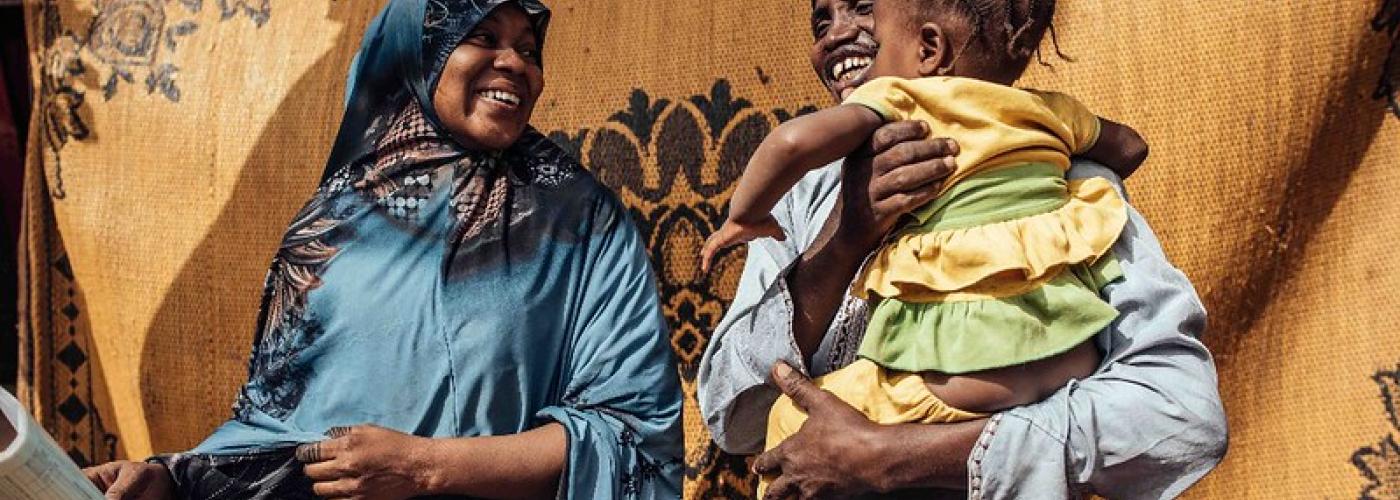The Mobile Gender Gap Report 2020
Image

This post introduces a resource from GSMA about the mobile gender gap in low- and middle-income countries.
In 2020, connectivity is more important than ever. Internet access is a gateway to critical information, services, and opportunities available to many people for the first time. Growth in internet access has been remarkable in low- and middle-income countries (LMICs), where 2.9 billion people now access the internet on their mobile phones.
Across developing countries, mobile is the primary way most people access the internet, with mobile broadband connections comprising 87 percent of total broadband connections. Yet, there remains a substantial mobile gender gap across LMICs. Over 300 million fewer women than men access the internet on a mobile device, and women are 8 percent less likely than men to own a mobile phone. But the mobile internet gender gap is narrowing in LMICs. Although women remain 20 percent less likely than men to use mobile internet, this represents a reduction from 27 percent in 2017, and 54 percent of women now use mobile internet.
The Mobile Gender Gap Report 2020 examines how the mobile gender gap is changing quickly in LMICs, revealing how the main factors preventing women’s equal mobile ownership and internet use are evolving over time and demonstrating how mobile usage is quickly expanding as smartphone ownership rises. This report provides:
- Updated figures on gender gaps in mobile ownership and mobile internet use in LMICs and how these are changing;
- For the first time, figures for the smartphone gender gap across LMICs, and how this is limiting women’s internet access and use;
- A review of the barriers to mobile ownership and mobile internet use and how these have changed; and
- Evidence of the impact of mobile access and use on women’s and men’s lives.
Findings from this report are based on the results of over 16,000 face-to-face surveys commissioned by GSMA Intelligence across 15 low- and middle-income countries, and subsequent modeling and analysis of this survey data.

